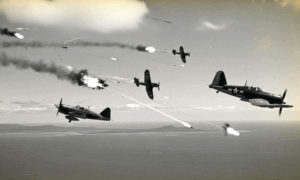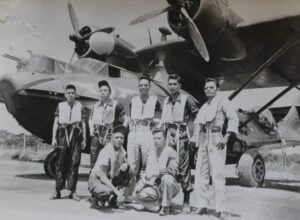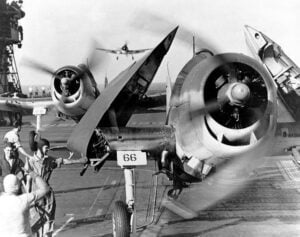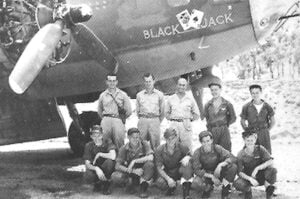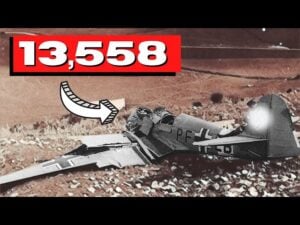Italy’s First Modern WWII Bomber That Failed Over Time
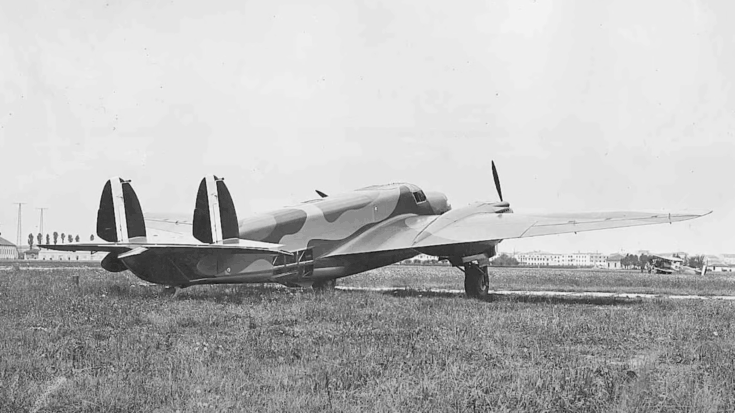
Rex's Hangar / YouTube
Early Development and Ambitions
The Fiat BR.20 “Cicogna,” which means “Stork” in Italian, was Italy’s first modern twin-engine bomber designed before World War II. Created in the mid-1930s, it was meant to replace Italy’s older three-engine bombers and bring the Air Force into a new era of faster, more effective aircraft. At first, it seemed promising.
The Italian Air Force, the Regia Aeronautica, needed an aircraft that could match or outrun enemy fighters. To do this, engineers aimed for a top speed of 400 km/h, internal bomb storage to reduce drag, and a range of 2,500 km. The aircraft would need to strike targets across the Mediterranean, including in North Africa, France, and British territories.
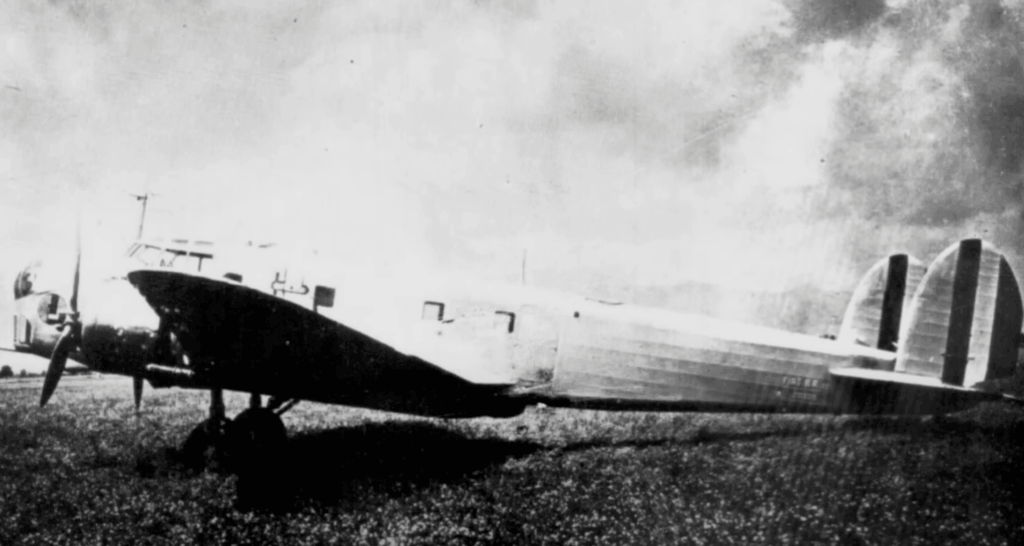
Design Compromises and Prototypes
Fiat’s lead designer Celestino Rosatelli, known for his earlier fighter designs, took on the challenge. The BR.20 would be a low-wing monoplane with retractable landing gear and a mixed construction fuselage—steel tubing for the body and fabric for the rear, a compromise between modern features and what the Italian industry could mass-produce at the time.
It was powered by two Fiat A.80 RC.41 radial engines, each producing 1,030 horsepower. It carried up to 1,600 kg of bombs internally, which was a major improvement over earlier models that relied on external bomb racks. Defensive armament included three or four 7.7 mm machine guns placed in the nose, a retractable upper turret, and a ventral hatch.
Testing and Early Impressions
The first prototype flew in February 1936. Initial flight tests showed good speed, responsive handling, and excellent visibility from the cockpit. However, the aircraft suffered from serious engine vibration problems. The shaking made long flights exhausting for crews and transferred stress through the airframe. Engineers tried to solve this by adding rubber engine mounts, which helped slightly but never fully fixed the issue.
Despite these problems, the aircraft’s potential outweighed the downsides, and production began. Improvements followed, such as reshaping the nose and reinforcing parts of the structure. By the end of 1936, the BR.20 entered service.
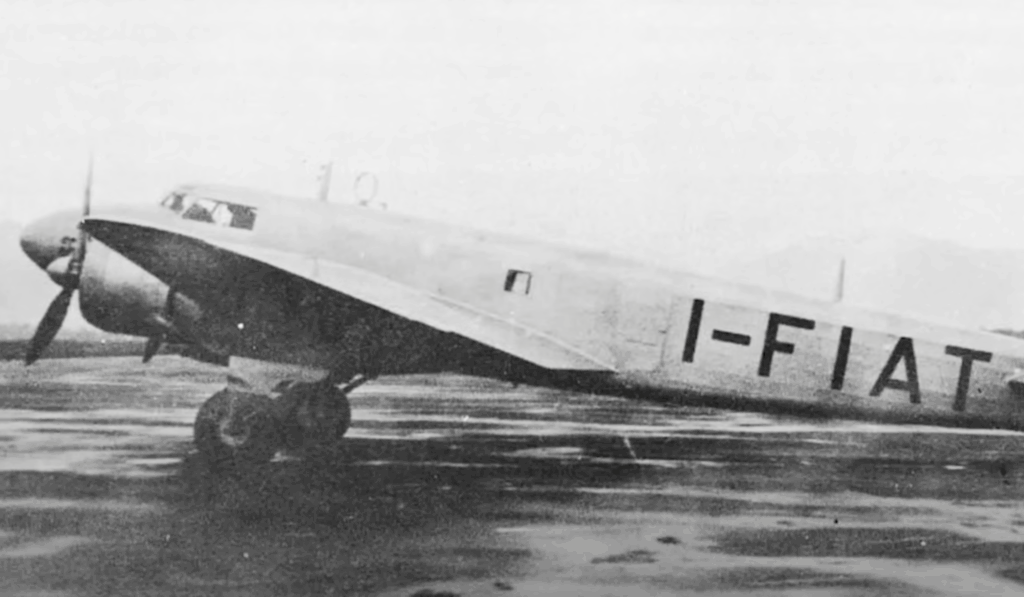
Publicity and International Sales
The Italian government promoted the BR.20 by entering it into international races. In 1937, two modified BR.20A aircraft entered the Paris air race but finished in sixth and seventh place. More notably, Japan bought 85 BR.20s for use in China, calling it the Type I. These aircraft performed poorly due to bombing inaccuracy, lack of armor, and logistical challenges. Most were out of service within a year.
Combat in Spain and Early Success
In 1937, the BR.20 saw its first combat in the Spanish Civil War. Thirteen aircraft were deployed, and they performed well at high altitudes, avoiding interception by Soviet-supplied fighters. Not a single bomber was lost in combat during their first eight months. However, the more numerous and versatile SM.79 bomber overshadowed the BR.20’s role, and by the war’s end, the remaining aircraft were handed over to Spain.
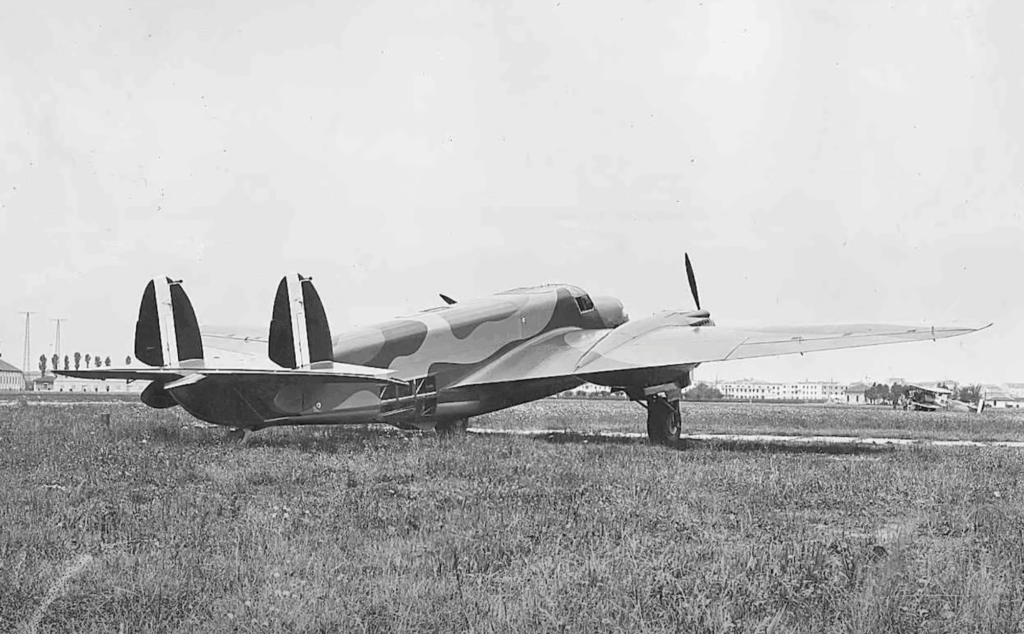
World War II Use and Decline
At the start of World War II, the updated BR.20M variant entered service with improved engines, weapons, and structure. It was deployed during the Battle of Britain in late 1940 as part of Italy’s support for Germany. However, it performed poorly in the harsh weather and against experienced RAF pilots. Many aircraft were lost due to mechanical failure, enemy action, or navigation errors.
The BR.20M continued to serve in North Africa, Greece, and against Malta. But mechanical problems, a lack of armor, and better Allied aircraft soon led to high losses. In one case, a squadron suffered 80% losses in just two weeks.
Failures in Harsh Climates
By 1942, the Italian Air Force sent BR.20Ms to the Eastern Front in the Soviet Union. The aircraft were completely unsuited for the cold. Engines failed to start, hydraulics froze, and machine guns jammed. Crews suffered in the extreme conditions, and the aircraft were soon withdrawn.
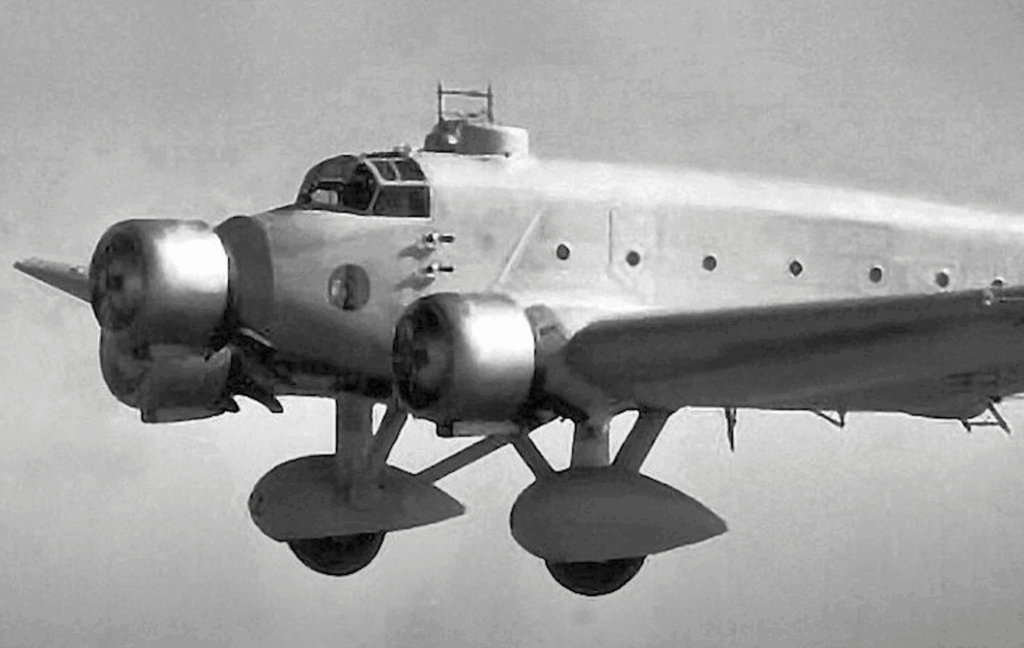
Final Variant and End of Service
The last version, the BR.20bis, featured stronger engines, improved aerodynamics, and better defensive weapons. However, only 10 to 15 were built due to Allied bombings and Italy’s surrender in 1943. By war’s end, only 67 BR.20s remained. Most were used for training or cargo transport. None survive today.
Although the BR.20 started as a modern design, it was quickly outpaced by newer aircraft and never fully recovered. It had a brief period of success but was ultimately outshined by the SM.79, which became Italy’s main bomber during the war.













